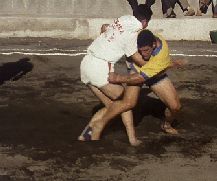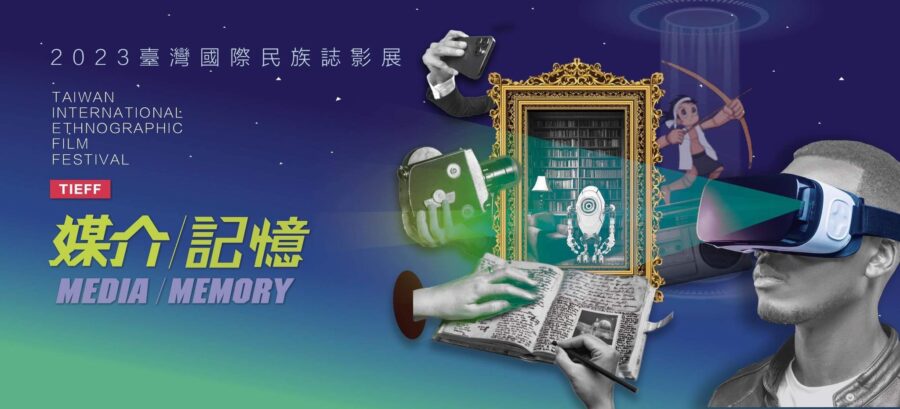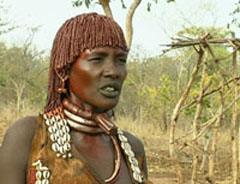Lucha Canaria – Sport and Identity in the Canary Island

Today, the traditional “Lucha Canaria” or Canarian Wrestling is both a modern sport and a significant marker of cultural identity in the Canary Islands of Spain (situated off the coast of Africa). This sport and its relevance for the people’s identity as Canarios and inhabitants of their different islands and regions is shown in this documentary shot on Tenerife, Gran Canaria and La Palma. We encounter forms of contemporary wrestling through two male and one female protagonist, and we are informed about the history of “La Lucha”by the local expert and poet Borito. The film culminates in the big wrestling event held annually on the 30th of May, the “Dia de Canarias”.

